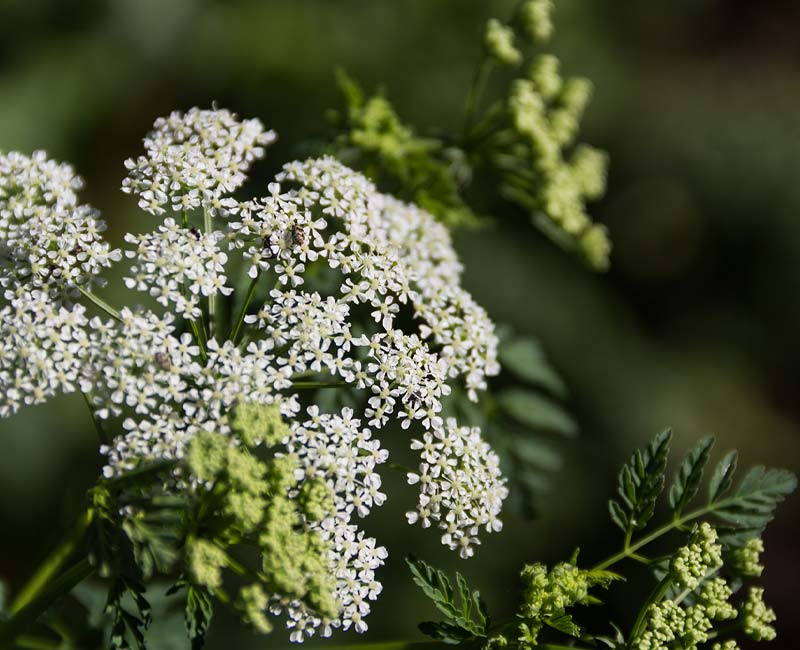Identifying dangerous plants is important for your safety, especially if you are in the wild or have small children or pets at home. Some dangerous plants can cause skin irritation, allergic reactions, or even be poisonous if ingested. Here are some common dangerous plants to be aware of:
- Poison Ivy (Toxicodendron radicans): This plant can cause a painful skin rash upon contact with its leaves, stems, or roots. It typically has three leaflets and may appear as a vine or shrub.
- Poison Oak (Toxicodendron diversilobum): Similar to poison ivy, poison oak can cause skin irritation. It has three leaflets and can grow as a low shrub or a climbing vine.
- Poison Sumac (Toxicodendron vernix): Poison sumac is a woody shrub or small tree found in wetland areas. Contact with this plant can cause a severe rash.
- Stinging Nettle (Urtica dioica): Stinging nettle has tiny, hair-like structures on its leaves and stems that release a painful, itchy substance when touched.
- Giant Hogweed (Heracleum mantegazzianum): This invasive plant can cause severe skin burns and blistering upon contact. It’s known for its large, umbrella-like clusters of white flowers.
- Oleander (Nerium oleander): Oleander is a highly toxic plant. All parts of the plant are poisonous if ingested, and even smoke from burning oleander can be toxic.
- Foxglove (Digitalis purpurea): All parts of the foxglove plant contain toxic compounds called cardiac glycosides, which can be fatal if ingested.
- Castor Bean Plant (Ricinus communis): The seeds of the castor bean plant contain ricin, a highly toxic substance. Ingesting even a small amount of ricin can be deadly.
- Jimsonweed (Datura stramonium): This plant contains alkaloids that can cause hallucinations, delirium, and other serious health effects if ingested.
- Water Hemlock (Cicuta spp.): Water hemlock is one of the most toxic plants in North America. Ingesting any part of the plant can lead to severe poisoning and death.
- Belladonna (Atropa belladonna): Also known as deadly nightshade, belladonna contains toxic alkaloids that can be fatal if ingested.
- Pokeweed (Phytolacca americana): While the berries are especially toxic, all parts of the pokeweed plant can be harmful if ingested. It can cause severe gastrointestinal symptoms.
- Yew (Taxus spp.): Many species of yew contain toxic compounds called taxines in their leaves and seeds. Ingesting these parts of the plant can be deadly.
It’s essential to exercise caution and avoid touching or ingesting any unfamiliar plants while in the wild or garden. If you suspect exposure to a dangerous plant, wash the affected area immediately and seek medical attention if symptoms develop. When in doubt, consult a field guide or local experts for plant identification and safety tips.
